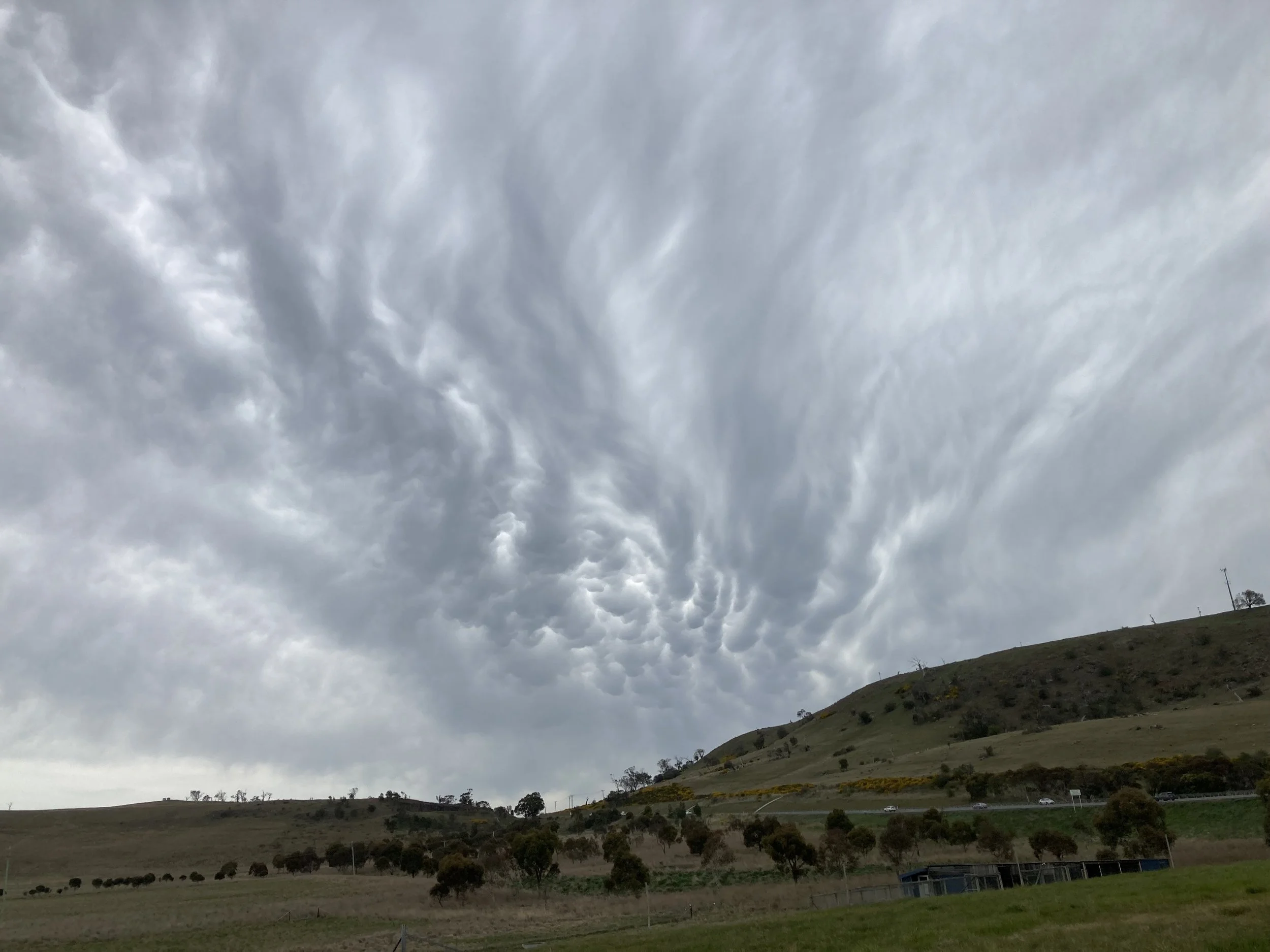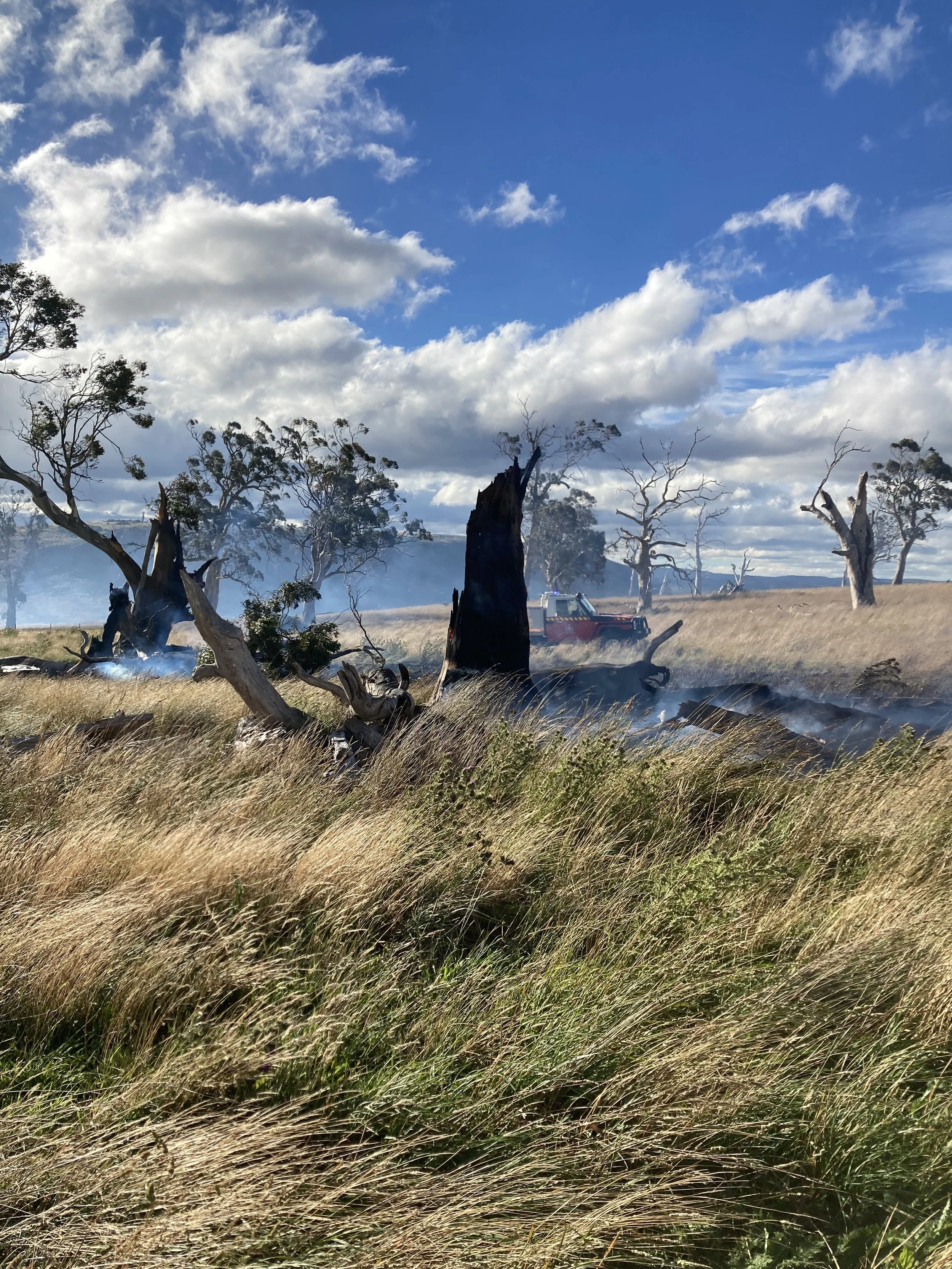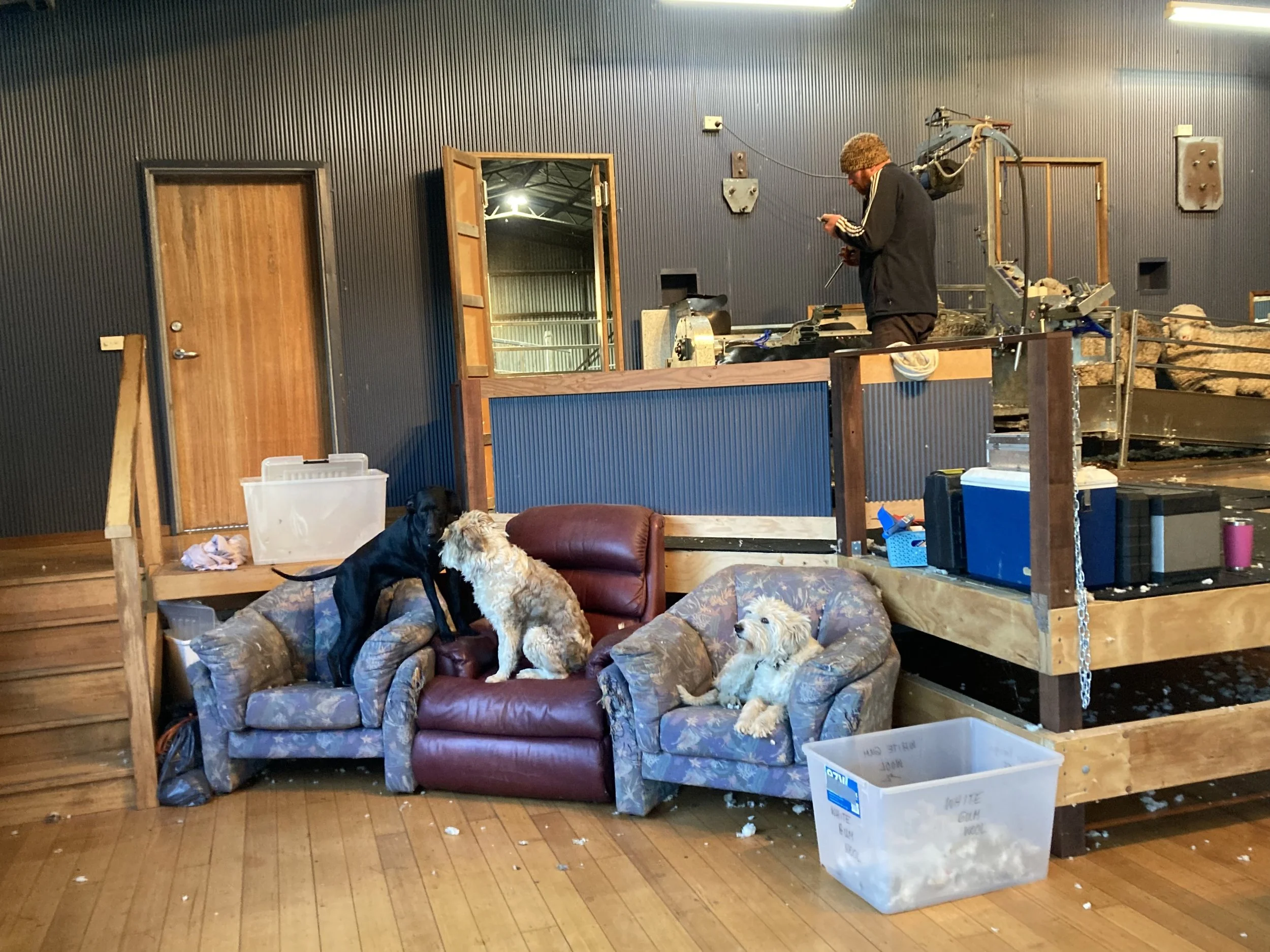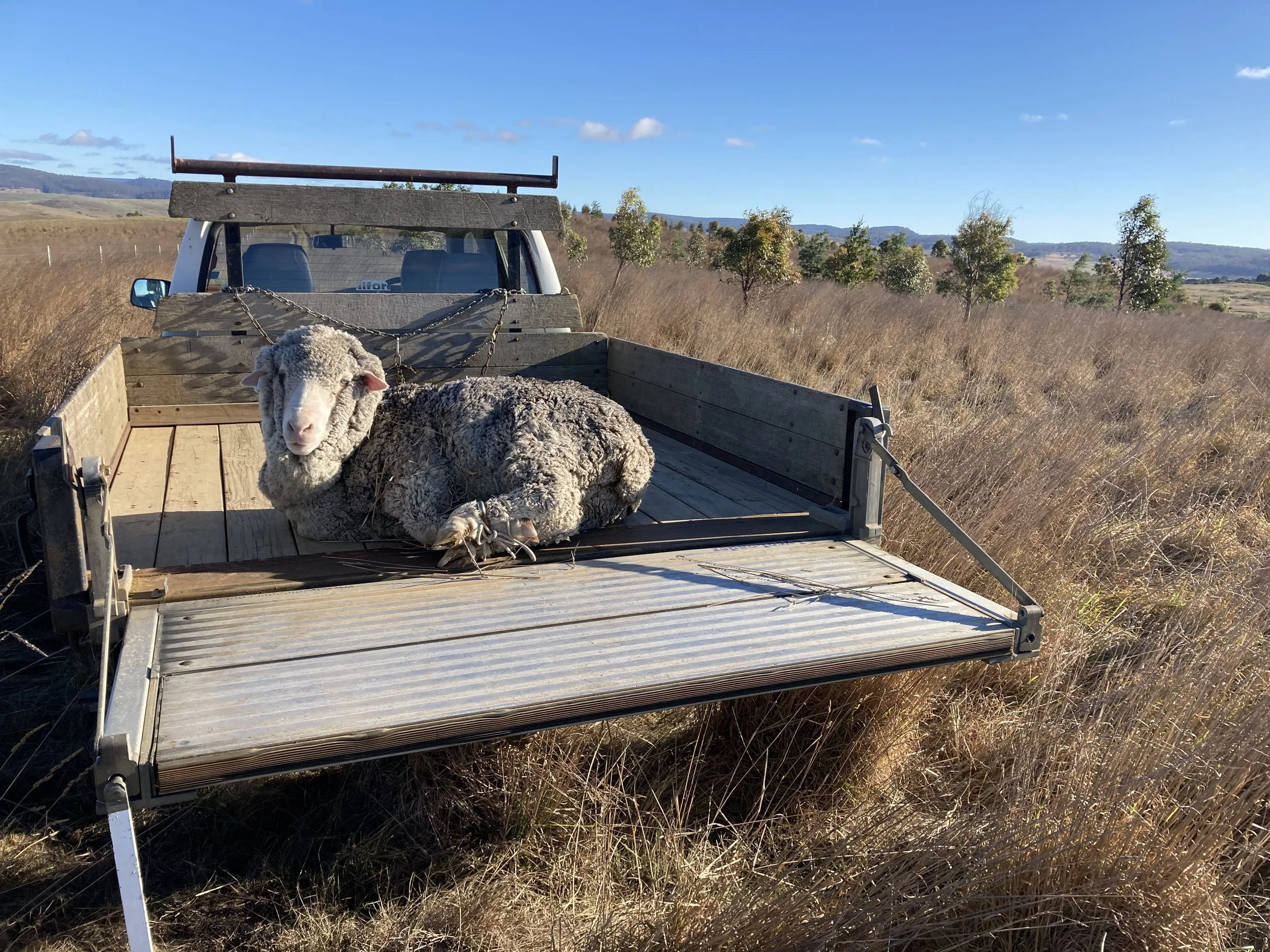Note to self: you need to change your mindset well before shearing next year. Let this be your reminder to practice staying in the present moment almost all the time, rather than just occasionally. If you don’t, you will, at the very least, leave a critical gate open and lose your sheep into the back country when you really, really don’t want them there, and don’t have the time to gather them back into the fold. There was a lot of swearing, none of it particularly inventive, when I did precisely that two days ago on my fifth straight day, and 7th out of a total of 12 days of shearing.
Slow Wool
Let’s face it: sheep are slow. Not their mental acuity, which is sharp as a tack in their proper cultural milieu. I’m referring to their preferred speed of locomotion, which is a saunter, at best. Until recently, though, my concept of slow wool was confined to the need for me to slow down to sheep time, which is essentially endless, and to go with the flow of wind and topography as the flock chose its preferred direction of saunter. This winter, though, I’ve added a whole new layer to slow wool—I bought an upright shearing platform.
The Wombat in the Woolshed
Some months ago, I noticed that a cheeky wombat had taken up residence under my woolshed—specifically, under the holding shed where sheep are kept dry overnight before shearing. It’s a most desirable residence, indeed a veritable wombat mansion, with hundreds of square feet of pre-made burrow runways, filled with lovely, soft, easily shifted sheep poo. I’m quite sure he bragged about his fancy domicile to his wombat lady friends and crowed over his less fortunate wombat buddies.
What's In a Name?
Lots, actually, when it comes to livestock. Anecdotally, cows with names give more and better milk, and in my experience, named sheep generally grow more and better wool than the flock average. But of course, there's even more, when social structure comes into play. I'm finally back from my self-imposed "summer" break, which has extended well into northern hemisphere summer. It turned out to be an even better idea than I thought, giving me much-needed time to reflect on the business and my life in general. Time away from writing affirmed my love of the work I do.
Zen and the Art of Shearing
Unfinished Stories
Sheep Crocodiles
For those of you who don't speak British Commonwealth idiomatic English, a crocodile can also mean a line of school children. The relevance of this term to the real topic of this Yarn will become clear later. (If you are one of those who read the last chapter first, skip to the video at the very end of the Yarn.) The real topic of this yarn is "Do sheep work?" More specifically, do my sheep consciously choose to cooperate in the work of the farm?
Trip Report: Bendigo, Design Spun and Hinewai
Life on the farm was pretty intense all winter, and particularly so after my trip in July. As I finally sit down to write this, shearing has come and gone and four tiny cygnets are swimming with their parents on a much-depleted Swan Lake. I’ll give you the shearing and end-of-winter shepherding report in the next Yarn, hopefully fairly soon. Meanwhile, here is the belated trip report.
The Bed of a Jedd
From my all-time favourite Dr Seuss, The Sleep Book, comes the following character:
A Jedd is in bed, and the bed of a Jedd
Is the softest of beds in the world it is said.
He makes it from pompoms he grows on his head.
And he’s sleeping right now, on the softest of fluff,
Completely exhausted from growing the stuff.
The softest of fluff—and unlike the Jedd, there’s just a bit more to it than piling up the pompoms to sleep on. In honour of all the knitters who’ve recently subscribed to Yarns, I thought I might tell you the little bit I know about how to go from pompoms to knitting wool.













